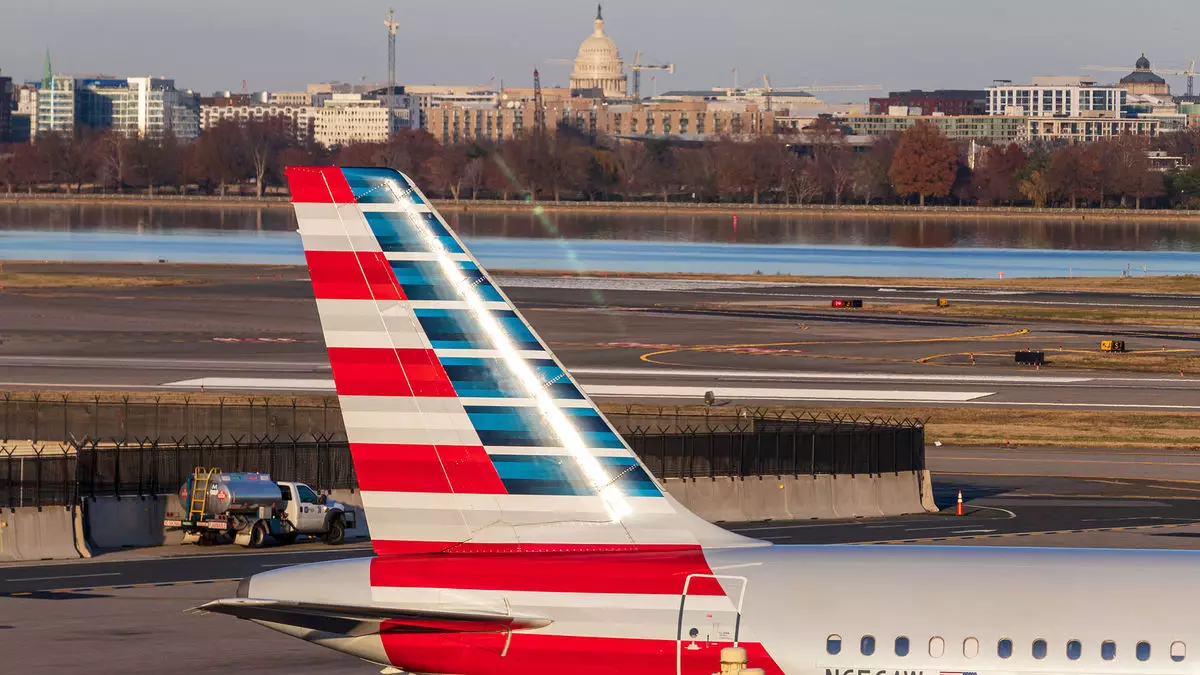In a significant turn of events, American Airlines is working diligently to regain its footing in the corporate travel sector, a market segment it lost ground in due to an overly aggressive focus on direct and New Distribution Capability (NDC) bookings during the early months of 2023 and 2024. This strategy, which alienated traditional travel agencies and corporate clients, led to a substantial reduction in indirect bookings, proving detrimental to the airline’s revenue trajectory. The fallout from this move was stark enough that American decided to revert to previous strategies in May, signaling a critical re-evaluation of its approach to corporate travel relations.
During the third quarter earnings call, CEO Robert Isom provided insights into the airline’s struggles, revealing that American reached a nadir in the second quarter of 2024, achieving an indirect booking share that was 11% below its typical levels. This channel, a significant revenue generator amounting to $14 billion in 2023, is essential for the airline’s overall health. The rejection of corporate business resulted in a combined revenue loss that could cost American Airlines an estimated $1.5 billion in the current year. However, by the third quarter, American began to see a slight rebound, reducing the deficit to 10%. This positive shift is attributed to strategic initiatives including restoring fare content in Global Distribution Systems (GDSs) and re-establishing relationships with travel agencies.
Isom’s remarks illustrated an optimistic outlook despite the challenges that remain. The airline has been proactive in re-engaging with travel agencies and corporate clients, restoring essential services, and strengthening its sales force by hiring additional account managers and support staff. The strategy also involves bringing back competitive fare structures and experimenting with enhanced programs tailored for small and mid-sized businesses. In September alone, indicators suggested a healthy recovery, with American Airlines showing a mere 7% shortfall compared to its pre-crisis indirect booking share.
American’s leadership is well aware that the path to full recovery is multifaceted and will require persistence. Isom emphasized that despite the progress, complete restoration would take time, with an anticipated goal set for the end of 2025.
The relationship with travel agencies, once strained, is now a focal point of recovery. American’s chief strategy officer, Steve Johnson, noted that initial outreach required addressing feelings of frustration and distrust resulting from the prior policies. However, as discussions progressed, many agencies expressed a desire for more competition within the corporate travel sector, indicating a potential for collaboration moving forward. The shift from an adversarial approach to a more cooperative stance marks a significant evolution in American Airlines’ corporate strategy.
American Airlines recently reported its operating revenue for the third quarter amounted to $13.6 billion, reflecting a modest increase compared to the previous year. This figure surpassed analysts’ expectations by $225 million, underscoring that while recovery is ongoing, the financial health of the airline remains a mixed bag. Operating expenses saw a marginal rise of 1.1%, but crucially, the airline reported an operating income of $89 million, a marked improvement compared to the $223 million loss experienced in the same quarter last year.
Despite this, the overall financial picture still reflected a net loss of $149 million for the quarter when non-operational expenses are taken into consideration, illustrating the substantial impacts of interest and other costs.
American Airlines is at a critical juncture as it strives to reclaim its share of corporate travel. The miscalculation of prioritizing direct bookings over established relationships with travel agencies and corporate clients serves as a cautionary tale within the industry. Moving forward, the successes and challenges faced in trying to re-establish these critical partnerships will likely define the airline’s operational strategy and financial stability in the years to come. The agile nature of corporate travel dynamics implies that American Airlines must continue to evolve, ensuring sustainable growth and competitive positioning within an ever-changing landscape.


Leave a Reply